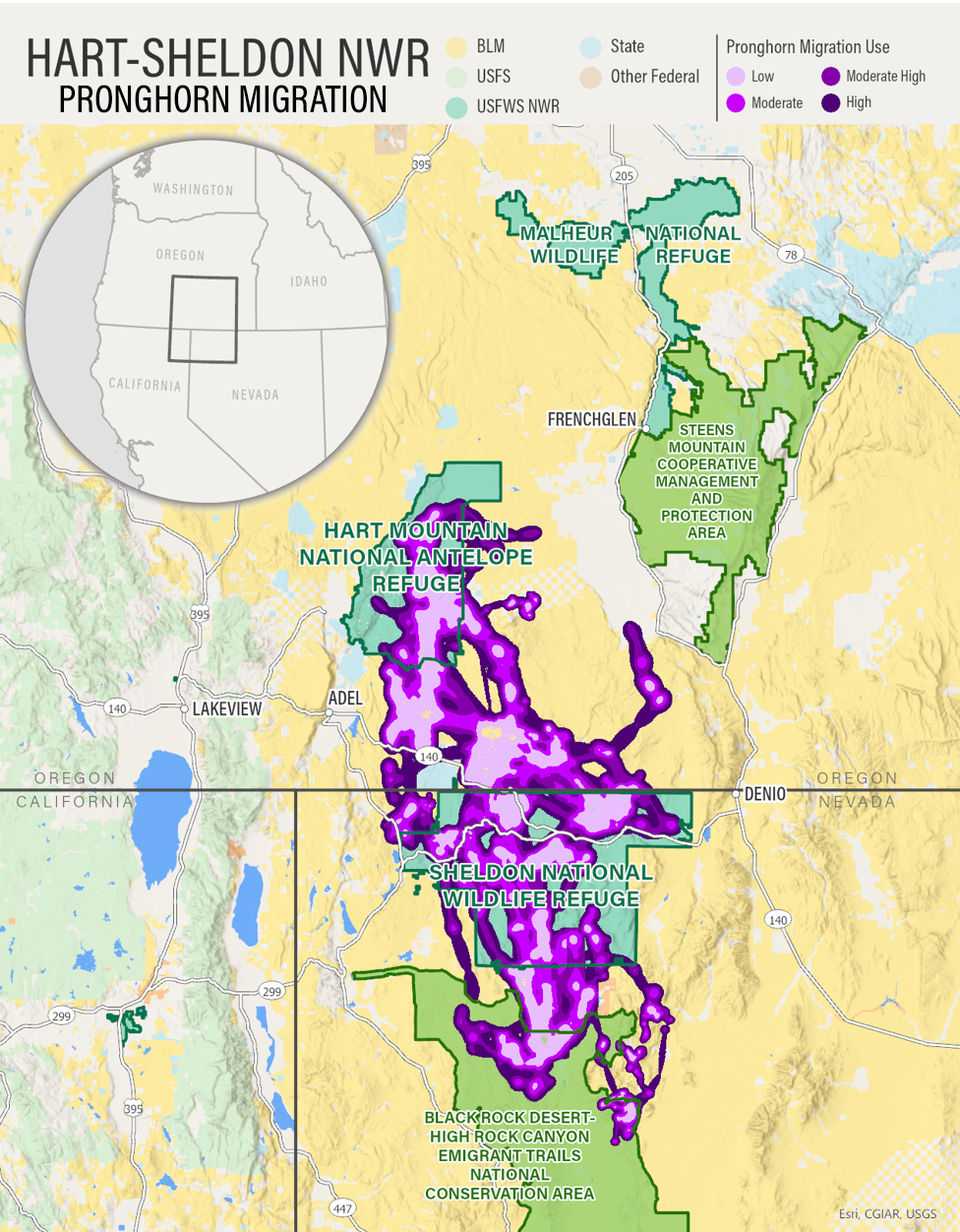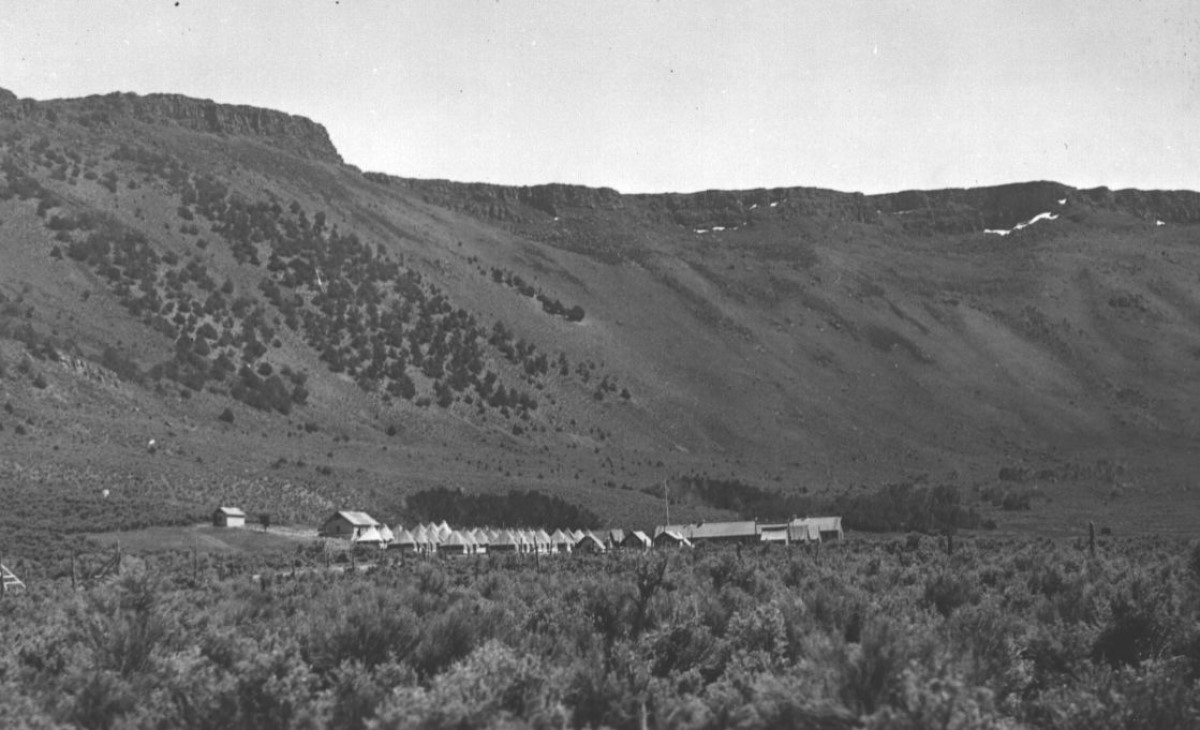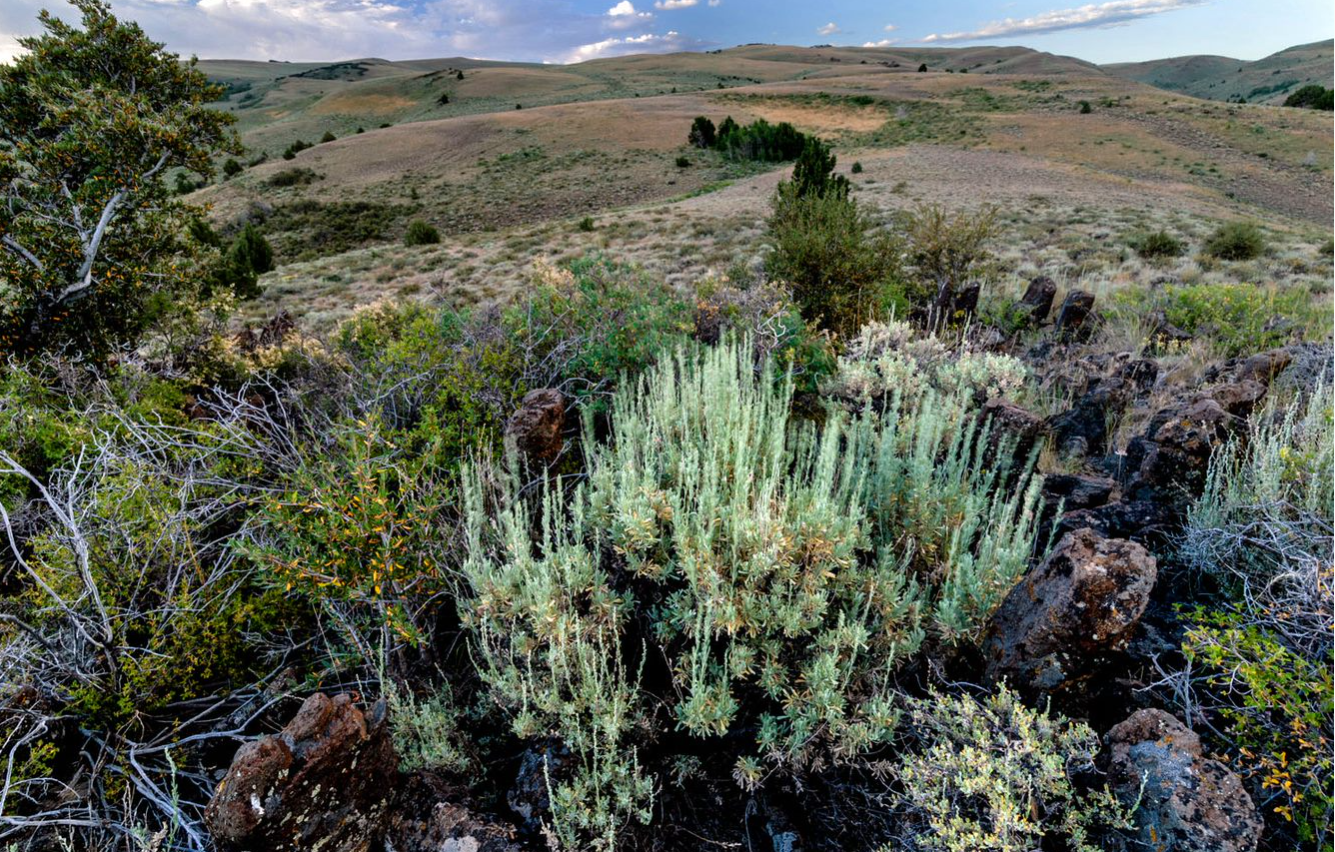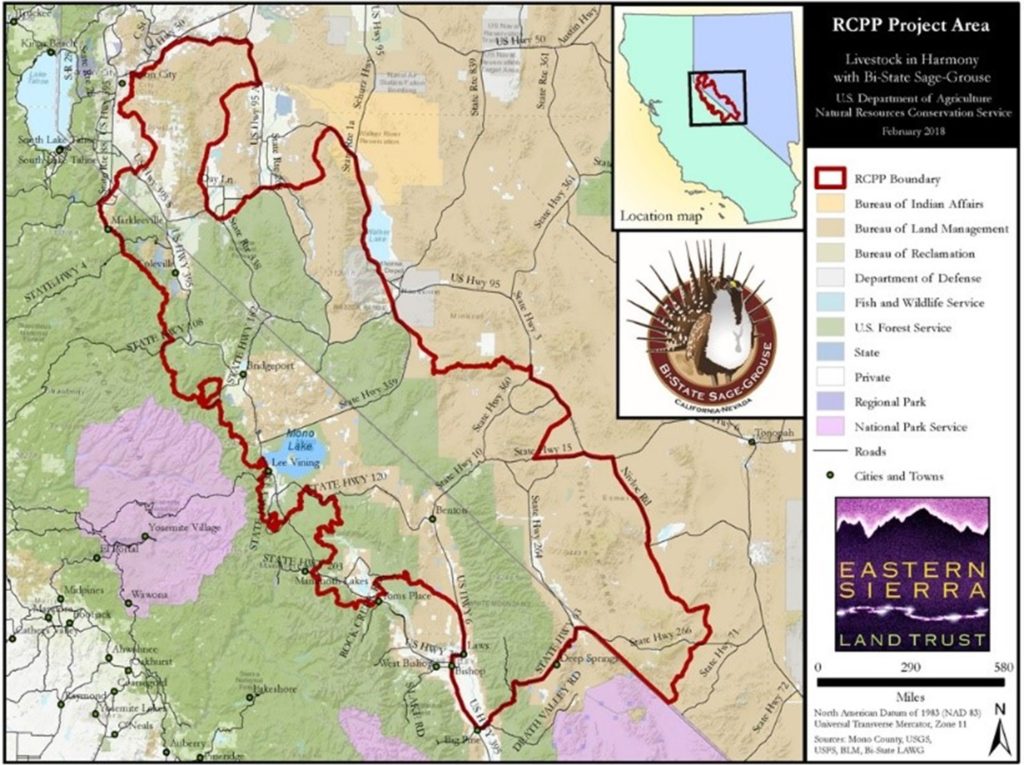Today’s population of pronghorn antelope is one of the greatest wildlife restoration success stories in our nation’s history. Over the next few months, the TRCP will publish a series of blogs that highlight the history and importance of the first and only set of national wildlife refuges that were specifically created to save the pronghorn in the 1930s: the Hart Mountain National Antelope Refuge in south-central Oregon and the nearby Sheldon National Wildlife Refuge in northwestern Nevada.
On the northern edge of the Great Basin lies a high-elevation, fault-block mountain that’s home to some of the healthiest remaining sagebrush steppe habitat in the nation. This expansive and relatively unfragmented ecosystem provides habitat for more than 300 species, from pygmy rabbits to iconic big game species like bighorn sheep, mule deer, and pronghorn antelope. Recently, researchers discovered that one of the longest pronghorn migration paths in North America traverses this landscape.
This place is known as the Greater Hart-Sheldon region, and it is wild, remote, and beautiful country.
Today, much of the public land in this area is managed for wildlife habitat and wildlife-related recreation activities via two of the largest U.S. Fish and Wildlife Service refuges in the Lower 48: the 575,000-acre Sheldon National Wildlife Refuge and the 278,000-acre Hart Mountain National Antelope Refuge. While today the region provides hunters with outstanding opportunities to pursue some of the West’s most sought-after big game, 100 years ago one of its most iconic species was on the brink of collapse. And it was then that conservationists and hunters stepped in to establish these refuges as a way of conserving and connecting key summer and winter range habitats to help save the fleet-footed pronghorn antelope.

A Species on the Brink
As the fastest land animal in North America, capable of speeds up to 60 miles an hour, pronghorns thrived in the Great Basin and across the Great Plains for more than a million years. In the early 1800s, these speedy mammals numbered in the tens of millions. But as railroads and waves of homesteaders transformed the Western landscape, pronghorn numbers began to rapidly decline.
Settlers hunted them for food and agricultural production invaded the best of the prairie and range habitat. In turn, pronghorn were pushed onto the unsuitable arid lands avoided by homesteaders. Market, subsistence, and sport hunting combined with rapid settlement and habitat loss spelled impending doom for this one-of-a-kind species. By the turn of the century, pronghorn populations were reduced to fewer than 15,000 animals across their native range.
In 1920, a biologist with the U.S. Biological Survey named E.R. Sans saw his first pronghorn in northwest Nevada. The experience was so remarkable that it left Sans—who knew full well the imperiled state of the species—with an inspired vision to create the first national wildlife refuges for pronghorn. At that time, what would later officially become the National Wildlife Refuge System was less than two decades old. President Theodore Roosevelt established the first national wildlife refuge at Pelican Island on Florida’s Indian River in 1903, and set aside another 55 refuges and preserves during his time in office. In the following years, other public lands received special protections to save iconic American wildlife, such as waterfowl at the Lower Klamath National Wildlife Refuge along the Oregon-California border (1908) and elk at the National Elk Refuge in Wyoming (1912).
Sans worked with other concerned conservationists to enact legislation in Nevada that would authorize the governor to establish game range refuges. This resulted in, among others, the creation of a 400,000-acre refuge for pronghorn in Northern Washoe County in 1923. Four years later, Sans organized a tour of a 30,000-acre ranch just south of the Oregon border that he hoped might be acquired as the centerpiece headquarters for a larger pronghorn refuge that would eventually span across northern Nevada and south-central Oregon.
Among the members of the tour group was the president of the Audubon Society, T. Gilbert Pearson, who was so impressed with the idea that he secured $10,000 to purchase the land. Sans then contacted the Boone and Crockett Club, which agreed to match the sum and suggested that the new refuge be named after Charles Sheldon, an active and influential member of the club and an avid sportsman. In 1931, three years after the initial the purchase of the Last Chance Ranch, President Herbert Hoover established via executive order what was then known as the Charles Sheldon Wild Life Refuge.
Less than five years later, President Franklin D. Roosevelt expanded on the initial refuge by originally creating one contiguous refuge across Oregon and Nevada, known as the Hart Mountain Game Range, that encompassed more than 835,000 acres in Oregon alone. This order was soon replaced through two separate Executive Orders in 1936 that established the Charles Sheldon Antelope Range, which encompassed more than 500,000 acres along the Oregon-Nevada border, as well as the Hart Mountain Game Range, comprised of another 250,000 acres in Oregon. These game ranges were established for the purpose of “the conservation and development of natural wildlife resources [primarily pronghorn] and for the protection and improvement of public grazing lands and natural forage resources.”

An Unprecedented Recovery
Within the decade, observers marveled at the speed with which pronghorn populations had already rebounded. In 1938, Time Magazine highlighted the critical role played by the Greater Hart-Sheldon landscape:
The pronghorn’s amazing recovery is due mostly to State laws forbidding antelope hunting and to the creation by States and by the Federal Government of antelope refuges and ranges. Most important single refuge, because it contains the pronghorns’ fawning grounds, is the region around Oregon’s Hart Mountain. There mounted patrolmen travel over 276,000 acres of sagebrush inspecting the range, watch out for predatory animals and poachers.
That year, Time noted, Oregon’s pronghorn population neared 20,000 animals, a remarkable recovery from the estimated figure of 2,000 in 1911. The pronghorn’s rebound was dramatic enough that the state game commission decided to open a five-day hunting season—Oregon’s first in nearly thirty years—outside of the refuge. So plentiful were the herds that farmers were suffering crop damage from an animal that faced the brink of extinction only a few decades earlier.
The foresight of these historic conservation efforts from the 1920s and 30s proved to be a huge success story, and today pronghorn numbers are estimated to be stable at around 1 million animals across their range. More than 3,000 animals spend their summers and winters on the Hart and Sheldon Wildlife Refuges, which offer some of the most sought-after opportunities in the entire West to pursue the speed goat.
Each year, thousands of residents and non-residents alike apply for a chance to hunt the refuge; in 2021, more than 3,395 residents vied for the 41 available rifle buck tags. The popularity of these opportunities is attributable not only to the potential for the hunt of a lifetime on such a wild and remote landscape, but also to the powerful history of this place and its connection to the incredible recovery of the pronghorn.
In the next blog, I’ll continue the story of species recovery on this landscape with the reintroduction of California bighorn sheep on the refuge in the 1950s and how this effort has expanded today’s Oregon-California bighorn sheep population into more than 30 distinct herds throughout Southeast Oregon.








Fabulous article, Michael!
As a frequent visitor to the region, and VP for the non-profit, Friends of Hart Mountain, we need more Congressional help, with deferred maintenance issues, staffing, and purchase of land between theses two magnificent refuges.
Habitat, Habitat, that is what we need for wildlife & people.